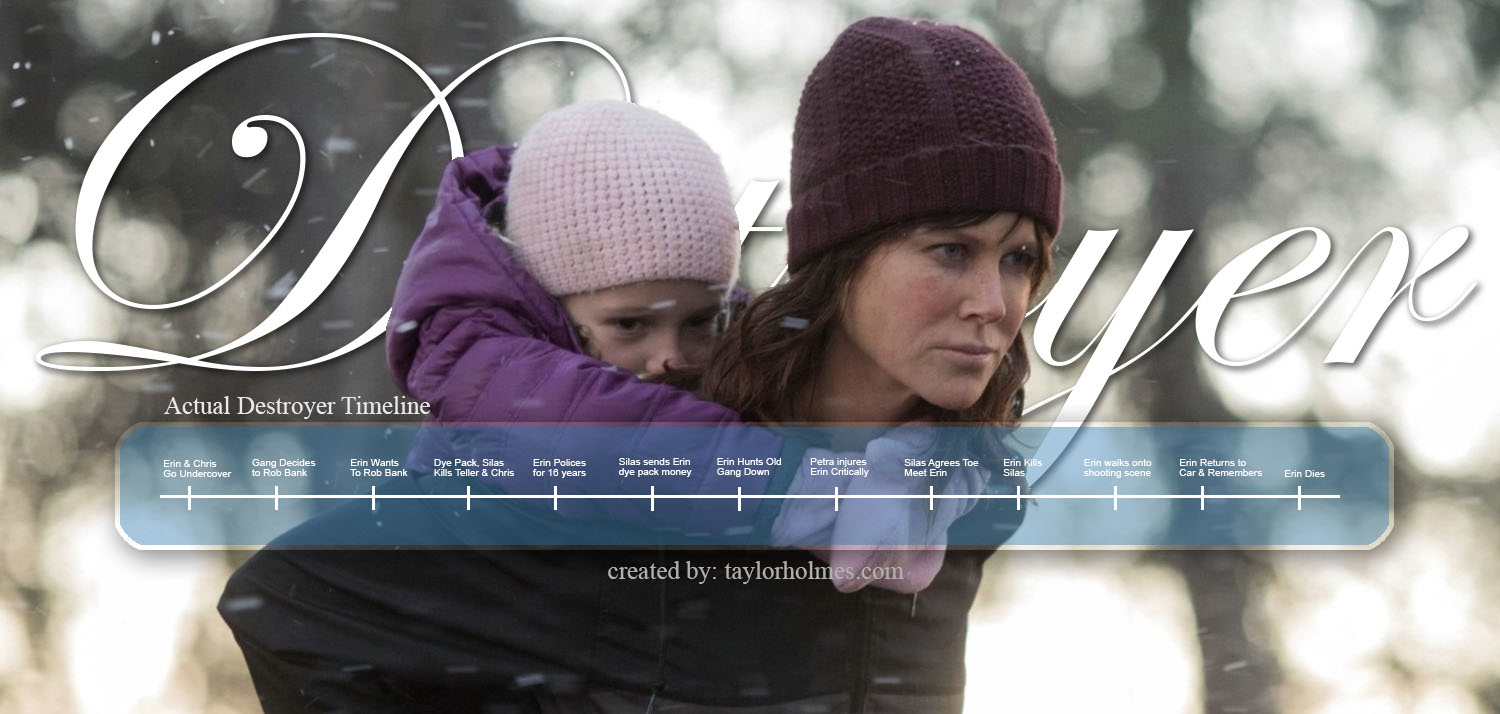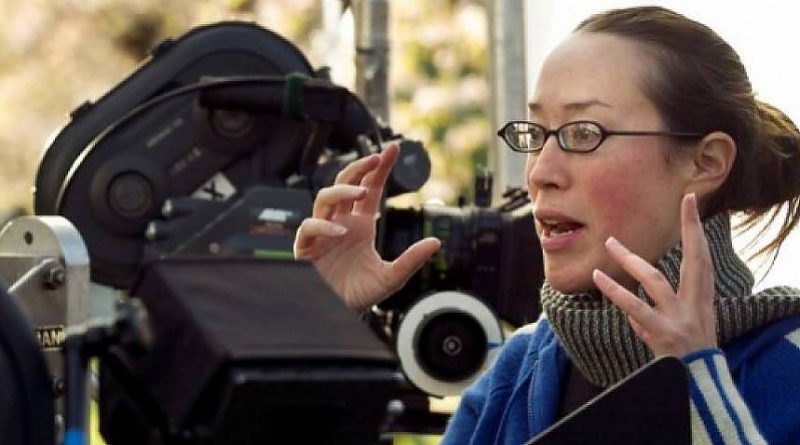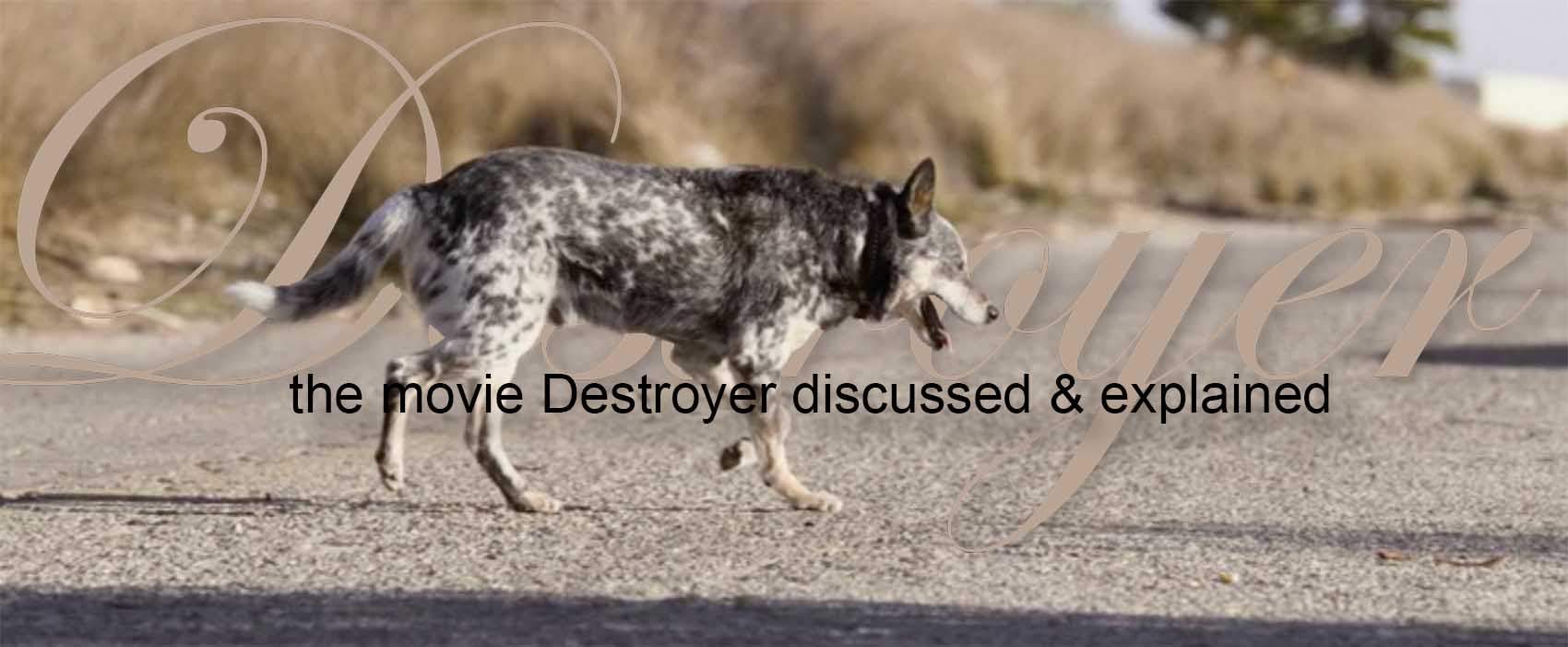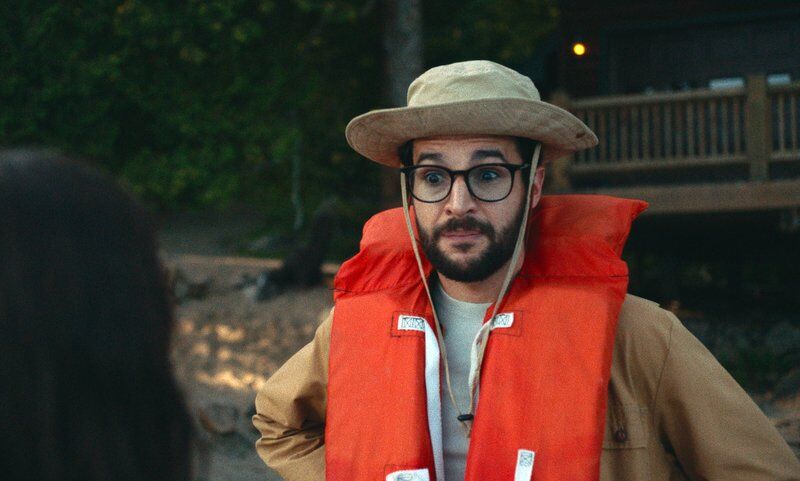The Near Grand Slam that was Destroyer Dissected. Because Destroyer should have been a box office smash. Well, not a blockbuster maybe. But at the very least, it should haven’t earned back its production budget and a healthy sum to boot. And to be frank – I loved the movie. And I just didn’t really understand why the film faltered. So I went looking for why reviewers through that it had failed.
This is a movie obviously impressed with its pulpiest affectations – including outrageous violence, cynical sexuality, promiscuous criminality and an overarching sense of hopelessness – but it seems not to know when to stop, continually going a little too far for its own good.
https://www.mercurynews.com/2019/01/12/review-kidmans-performance-cant-save-destroyer/
At once undercooked and overwrought, this dreary slog through a ’70s-style crime thriller proves only that having the chops to direct like the boys do is not enough, and altogether too much.
https://www.npr.org/2018/12/25/679835110/straining-for-grit-and-settling-for-grim-destroyer-doesn-t-deliver
Kidman’s old-age get-up never quite makes it out of the Uncanny Valley, and as such, you’re always aware of her prostheses and the massive amount of work done around her eyes. At its very best, one can just sort of ignore it, at its absolute worst, it makes one of the world’s most recognizable actresses look like one of the Aliens from Cocoon.
https://vanyaland.com/2018/09/18/tiff-review-karyn-kusama-destroyer/
At its best, Destroyer is a film cut from the cloth of the movie Heat. Which is possibly one of the best detective cat and mouse movies ever made. An absolutely electric flick. And better yet, the story structure written by Phil Hay is a brilliant masterpiece. So, how could this movie have gone so wrong with such a great start? Well, maybe I should hold off on talking that through until we get rid of all the people that haven’t seen the movie yet.
Haven’t seen it yet? The Destroyer is well known for Nicole Kidman’s gritty performance of an alcoholic detective battling her demons from her past. Here, have a trailer:
Fans of brilliant editing, and clever screenplays, will totally dig this film. But it isn’t without its flaws. And yet, the flaws are not as enormous as everyone is making them out to be. I mean, yeah – why don’t we just talk through the film – discuss the timeline of the film, and then we can jump into the film’s flaws that kept it from succeeding at the box office. And yet, cash, or no cash, I don’t care…it won’t sway my opinion one way or another. But it does make us have to consider what might be going wrong here.
Destroyer Movie Walkthrough
First and foremost – don’t even consider reading any further if you haven’t seen the film yet. Just don’t. Go away. OK? Great. I was outside today shoveling a literal metric-butt-ton of snow and thinking. And an idea for a book project came to mind. First the title came to me out of nowhere, “Movie Morals: How Hollywood’s Films are Ethically Constrained.” Meh. Sounds too much like a textbook. “The Ethics of Hollywood Movies?” “Film Ethics: The Embedded Rules of Hollywood Films” – that’s a little better. Anyway, this movie so closely carries these ideas of ethics out that it’s unbelievable. But we’ll get to that momentarily.
The Structure of the Film Destroyer
First. This film’s innovative screenplay structure is fairly cyclical, and confusing on first approach. It’s the trick of the film that is so starting at the end as to force the viewer to reevaluate absolutely everything we have seen so far. Here’s the actual, chronological ordering of the film. Click the image to expand it, and make it large enough to read the walk through.

The movie though, starts at the end. We don’t know that at first. But that is where we are – probably 10 or 15 minutes from the end of the actual events that conclude the events of the film. And it sort of dovetails seamlessly backwards a couple of months. So seamlessly, that we don’t even know it’s happening. Erin is sitting there in her car, watching the kids skateboard, and then she is getting the dye packed money at the police headquarters. And it is at this moment, that the movie heads towards the inevitable ending we were unwittingly watching moments before.
The dyed money is actually an allusion to a prior event that had happened in Erin’s (Nicole Kidman) past. It refers back to when Erin and Chris (Sebastian Stan of I, Tonya), both undercover FBI agents, started an embedded mission with a local questionable group. The head of the group, Silas (Toby Kebbell), decides to rob a bank – it throws everything up in the air for Erin and Chris. Do they participate? Do they have enough evidence to shut them down? But when Erin decides that she is done being poor, that she wants the money, she convinces Chris to join her in participating in the bank robbery.
The bank robbery goes extraordinarily well. All things considered. Until, as they are walking out, a dye pack goes off in the bag of money that Silas is carrying. So, Silas – completely red with rage – heads back into the bank to kill the bank teller, to kill her. Chris, determined to save her life, whips off his mask, declares himself as FBI, and is shot down by Silas, who then kills the teller. Erin, leaves, rams her getaway car into a wall, and hides the money she stole. And afterwards, she heads back to working with the police again.
So that should explain why, 13 years later, when more of that same money shows up again, she is determined to hunt Silas down and kill him. Which explains why she meticulously climbed her way up through her old connections. Through each member of the old crew, one by one, until she gets to Petra (played by the extraordinarily talented, Tatiana Maslany, of the great show, Orphan Black). Petra, the serious drug addict, who is funneling money to Silas. The two of them fight, and Petra kicks Erin in the side, fatally causing internal bleeding. And after Silas realizes that Erin isn’t going to stop, he contacts her to meet. Wherein, Erin shoots Silas 5 times with an unmarked gun. After which, Erin heads out to her car and falls asleep. When she wakes, she heads back to the murder scene, where the cops are, which, is the beginning of the film.
The Morality of Destroyer
Which brings me back to my book idea. I reached out to Dean Kowalski, the author of several college philosophy text books. Like, “Moral Theory at the Movies,” and chatted him up a bit about this crazy idea of mine.
But look at this movie. Our hero, Erin, she is determined to provide justice for Chris’ murder. And, as our hero, she will do it. That is, until we learn that Erin commits a cardinal sin. We realize that she gave into the temptation of thievery. She was done being poor. She was done living selflessly. And, doesn’t deserve to be our hero. And so, we, as the viewing, and judging audience, have decided that she doesn’t deserve to live. She needs to die to pay penance for her crimes of imperfection. She failed us. She failed our expectations of perfection. She failed her daughter. She failed Petra. Heck, she failed everyone in the film. But, mostly her temptation caused her to fail us. We would have forgiven her the murder of Silas, if only she hadn’t been tempted to go after the cash.

Final Thoughts on Destroyer
Destroyer has its mistakes. For one, why was the aging of Nicole Kidman so disjointed with the aging of others? Why was it so different? Also, maybe it was a mistake to cast Nicole Kidman in such a hardcore role? Will audiences be OK with Nicole, playing the monster? I personally thought it worked. But I understand why audiences might not dig it. They don’t dig it so much that it only made $5 million against its $9 million budget. But you know me, and THiNC., I don’t care what audiences think. I don’t trust them further than I can throw them. Phil Hay, the fantastic screenwriter of The Invitation, gave us a very good screenplay here. He and I were in chats to do an interview for this movie, but when it took a drubbing at the box, he faded into the background. Which, I totally understand. Phil’s wife, Karyn Kusama, had really taken a shellacking with Aeon Flux, but got her Get Out of Jail Free card after The Invitation. She had spent her time during her work release, doing episodes of Halt and Catch Fire (a brilliant TV show, one of only a handful I’ve watched in the past five years.) As well as episodes of The Man in the High Tower. But, as an outsider, I can’t imagine that the high profile wobble of Destroyer will do great things for her career. Which is sad, because Destroyer is fantastic. It’s a few artistic choices away from being another Heat. Not an easy feat in my book. I mean, just being in the running with a movie like Heat means you’ve done something amazing.
I mean, look at this stunning sunlit-noir cinematographic shot from Destroyer. (I may be fairly partial here seeing as though this is where I spent my childhood. But whatever.)

For me though – the entirety of the film hinges on this one moment. And it is in this one moment the character, the plot, the story all balances:
Erin – “I spent my whole fucking life tired, scared, hungry, and I just want to spend one day on the other side of that.”
Chris – “I know, me too. But this isn’t the way.”
Erin – “Please. Do it for me. Do it for us.”
And with this decision, the two of them choose their path. It’s almost like Adam and Eve in the Garden of Eden all over again. (Please, not the gender politics – just the dialogue.) Two cops, who decide, for a millisecond, not to be cops. Two humans, who are essentially good, who decide for a millisecond, to be bad. And in that moment of decision, Chris dies, and a teller dies. And the rest of Erin’s life is spent on revenge and regret. It is a brilliant story idea. Kudos go out to Phil and Matt Manfredi (who also worked on The Invitation, as well as the new cult hit The Boys) for developing this brilliant, cyclical and disorienting experience. It was a joy to experience. Maybe one day I’ll catch back up with Phil and we’ll have a chat about this fantastic screenplay of his. But for now, I will say that Destroyer needs a Mulligan. It really needs another try at this story. Because there is so much fantastic story to be seen by so many people, it isn’t really fair no one saw it.
Edited by: CY


